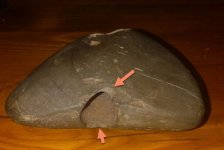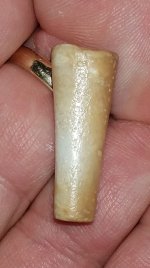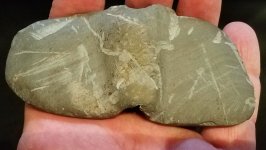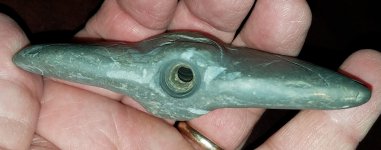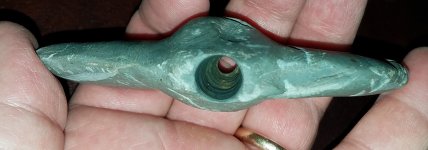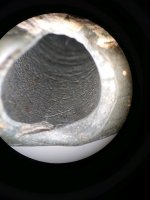OntarioArch
Sr. Member
Since I already own a couple fake slate artifacts, I don't need another. 
I thought that this time....I would try to be more careful, and more knowledgeable than when last I purchased a slate item. From the two photos sent to me, so far I like it. Not sure the owner is going to let me send it off for authentication. I will take better photos and post in a few days.
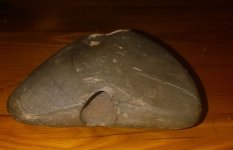
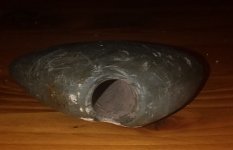

I thought that this time....I would try to be more careful, and more knowledgeable than when last I purchased a slate item. From the two photos sent to me, so far I like it. Not sure the owner is going to let me send it off for authentication. I will take better photos and post in a few days.


Amazon Forum Fav 👍
Upvote
0



